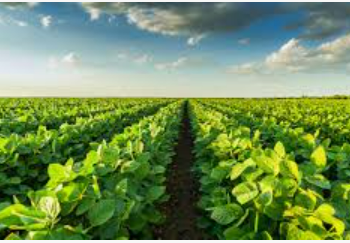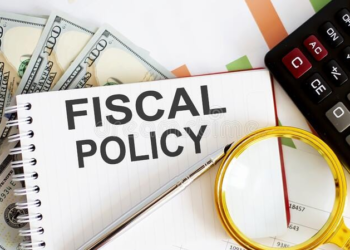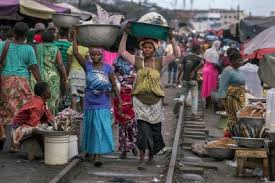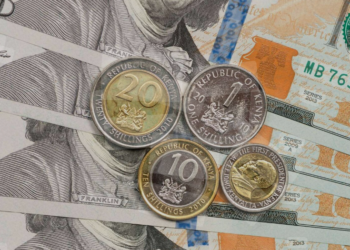Kenya’s agribusiness potential: From farm to fortune
Agriculture remains the backbone of Kenya’s economy, contributing about 21.0% to GDP directly and another 27.0% indirectly through linkages with...
Read moreDetailsTight fiscal policy is bad for business
Fiscal policies are instruments used by the government to influence the macroeconomic stability, growth and income distribution among its citizens....
Read moreDetailsKenya’s informal sector
Kenya’s informal sector, often overlooked in mainstream economic discussions, remains the backbone of the country’s employment and micro-enterprise activity. From...
Read moreDetailsUnderstanding Africa’s informal economy
The informal economy describes all economic activities that are not covered by formal regulatory frameworks in the country. Activities under...
Read moreDetailsNot a happy Labour Day.
As the echoes of Labour Day 2025 die from Uhuru Park, where Kenya celebrated its workforce with spirited speeches, the...
Read moreDetailsKenya shilling stable amid economic recovery
The Kenya shilling has maintained relative stability against major global currencies, buoyed by steady economic recovery, easing inflation and prudent...
Read moreDetailsThe downside of Impact Investing
Impact investing is investing with the intention of generating measurable social and environmental impact along with financial return. It stretches...
Read moreDetailsPWC Francophone exit – a calculated step back not collapse
March 31st 2025 marked the exit of PricewaterhouseCoopers from the Francophone countries in Africa; Gabon, DRC Congo, Cameroon, Madagascar, Guinea, Senegal,...
Read moreDetailsDid you know how diversification in a MMF works?
Money market funds (MMFs) are short term financial instruments with low risk, moderate interest rates, and offer security to savings/...
Read moreDetailsLet’s power rural Kenya’s economic revival
Kenya’s rural economies, home to over 32.7 million translating to 68.9% of its population as per the 2019 census report, face persistent challenges which include limited...
Read moreDetails


















